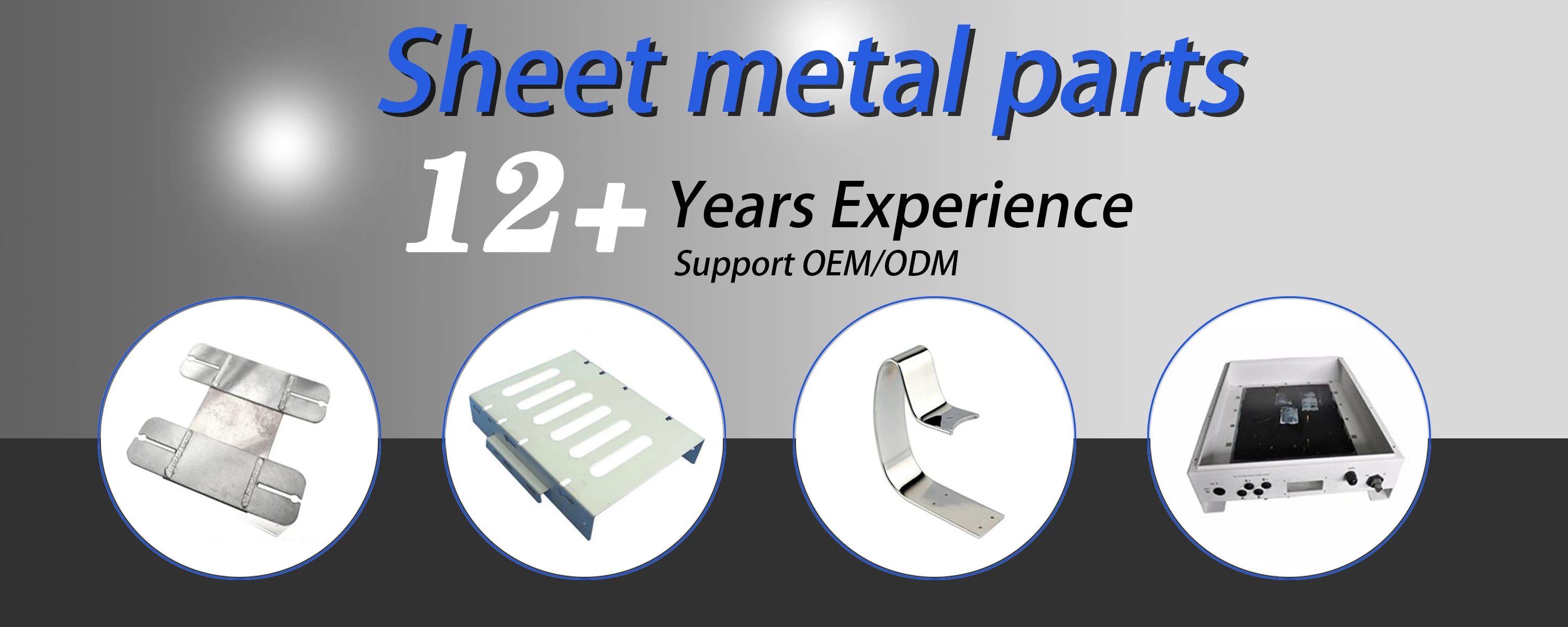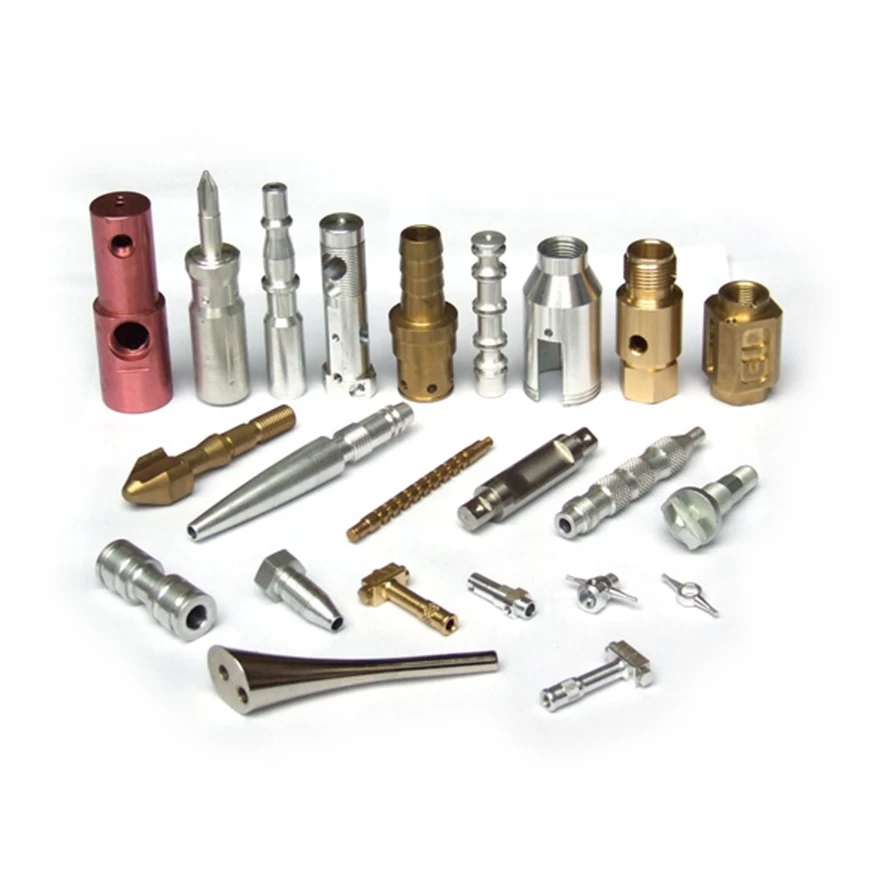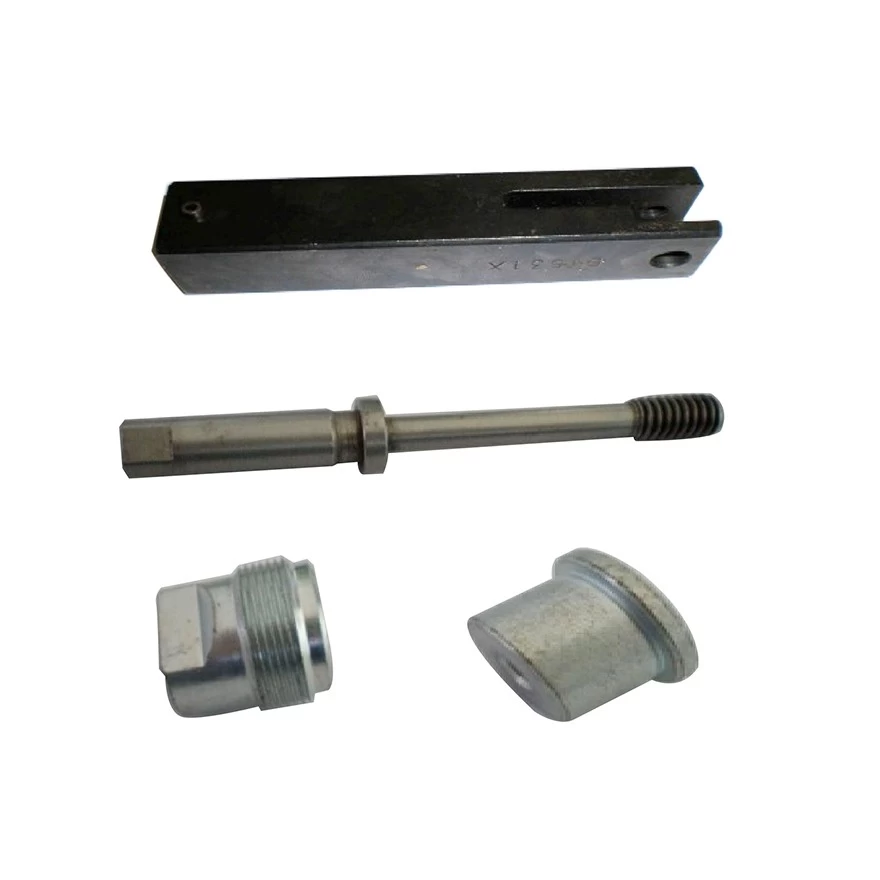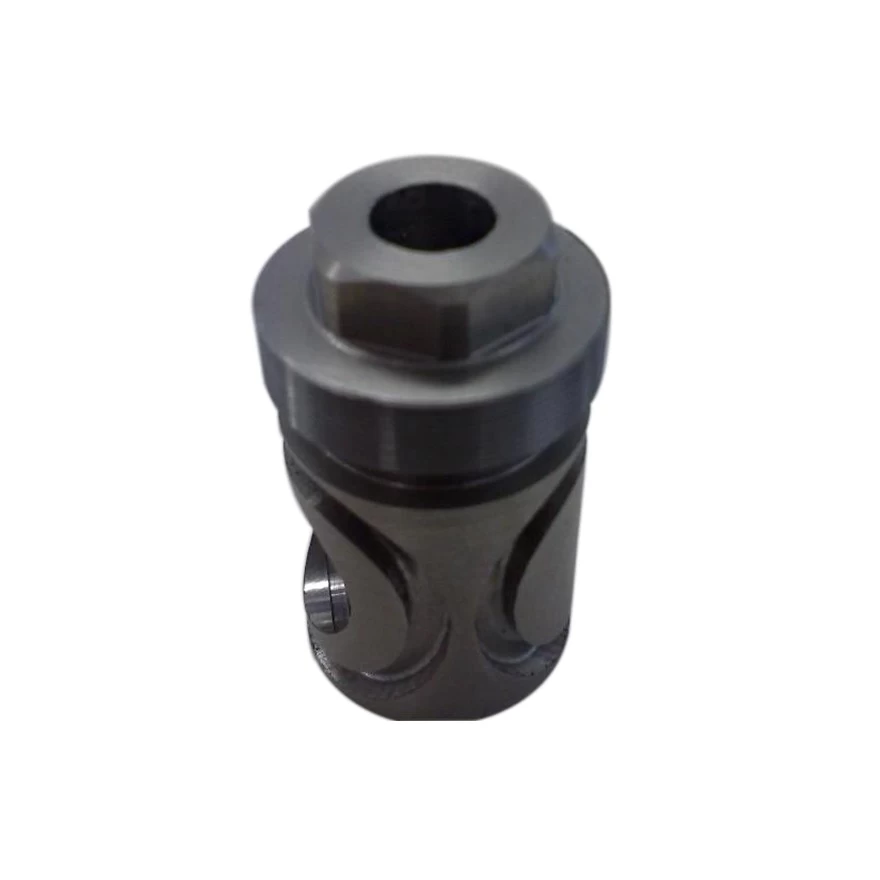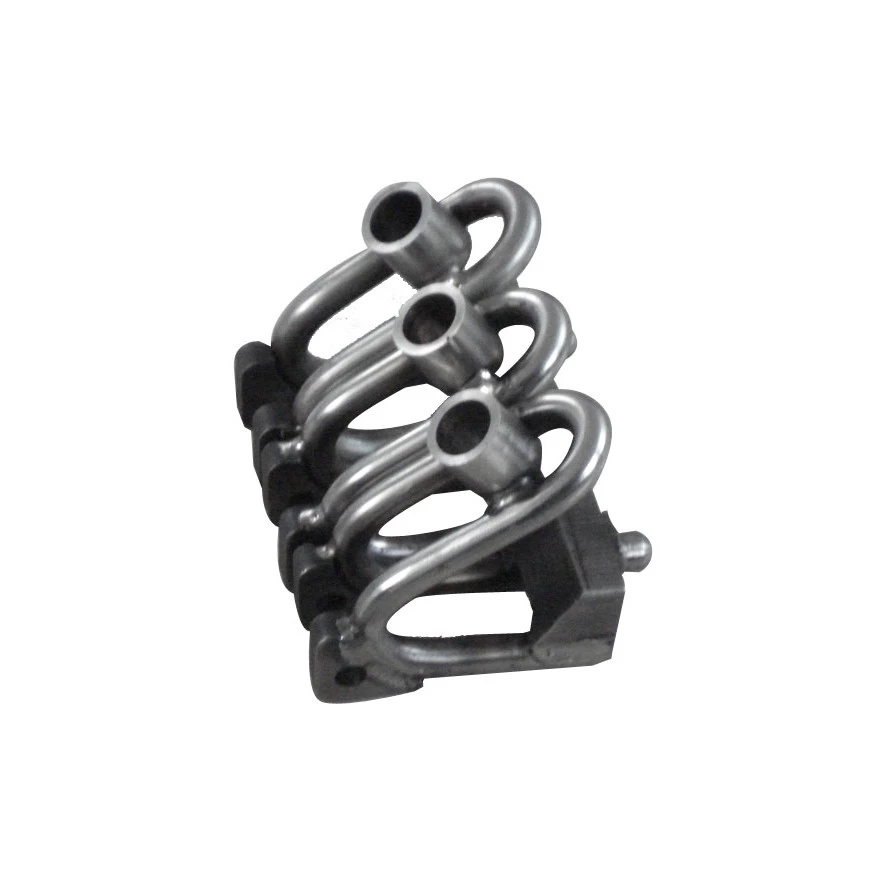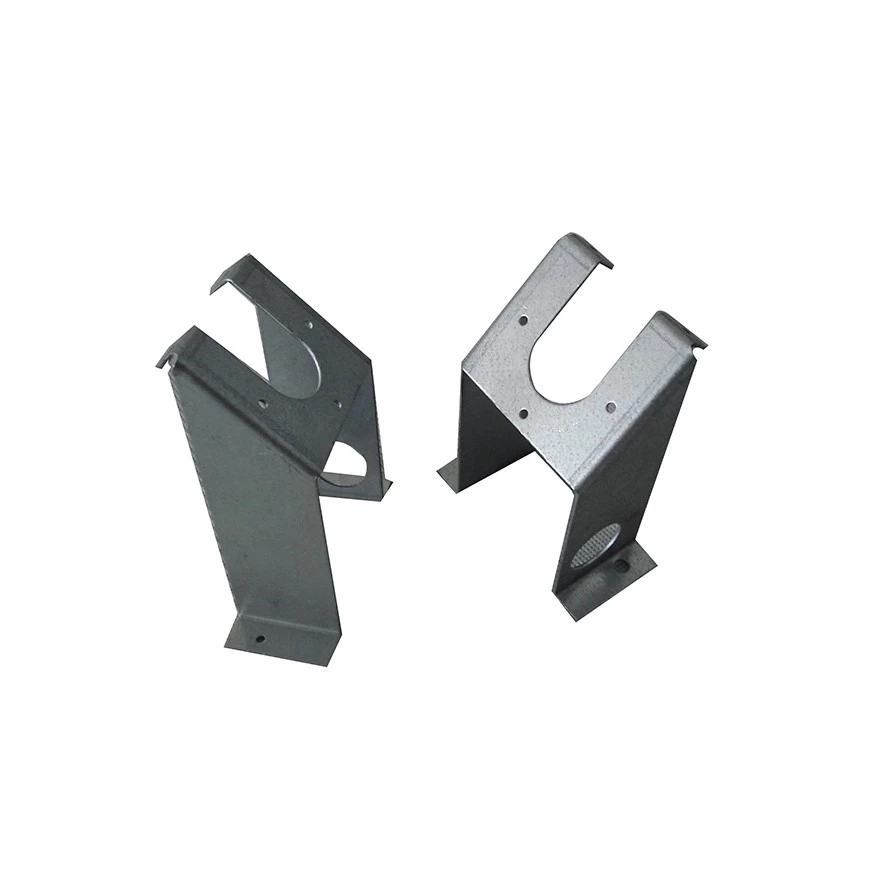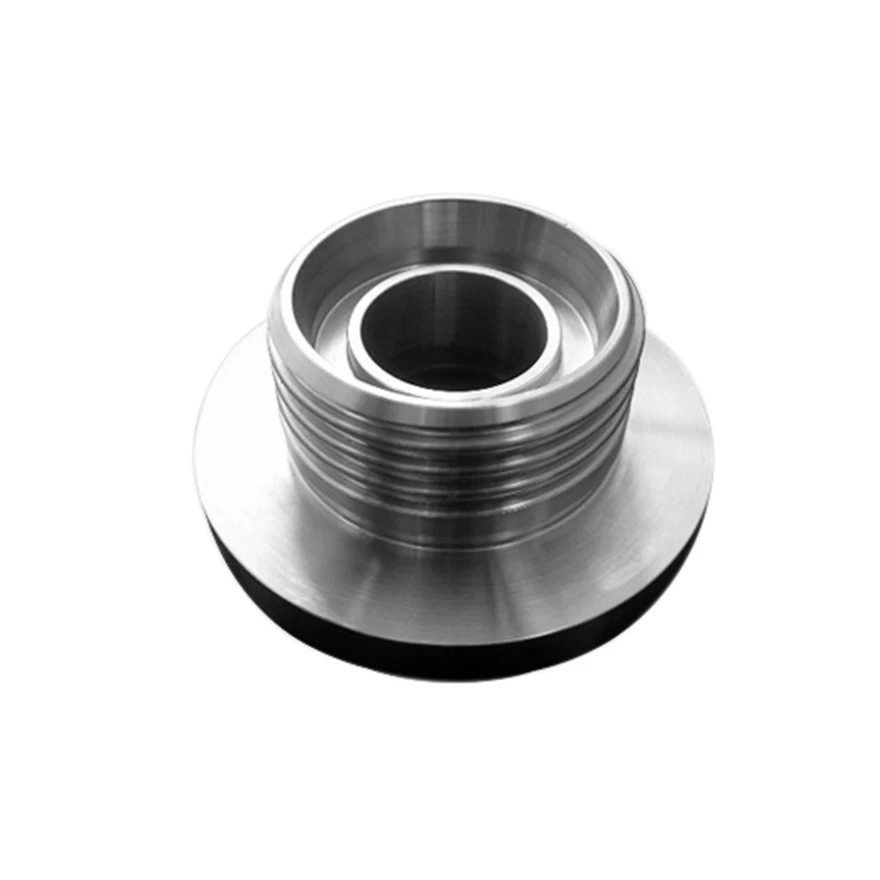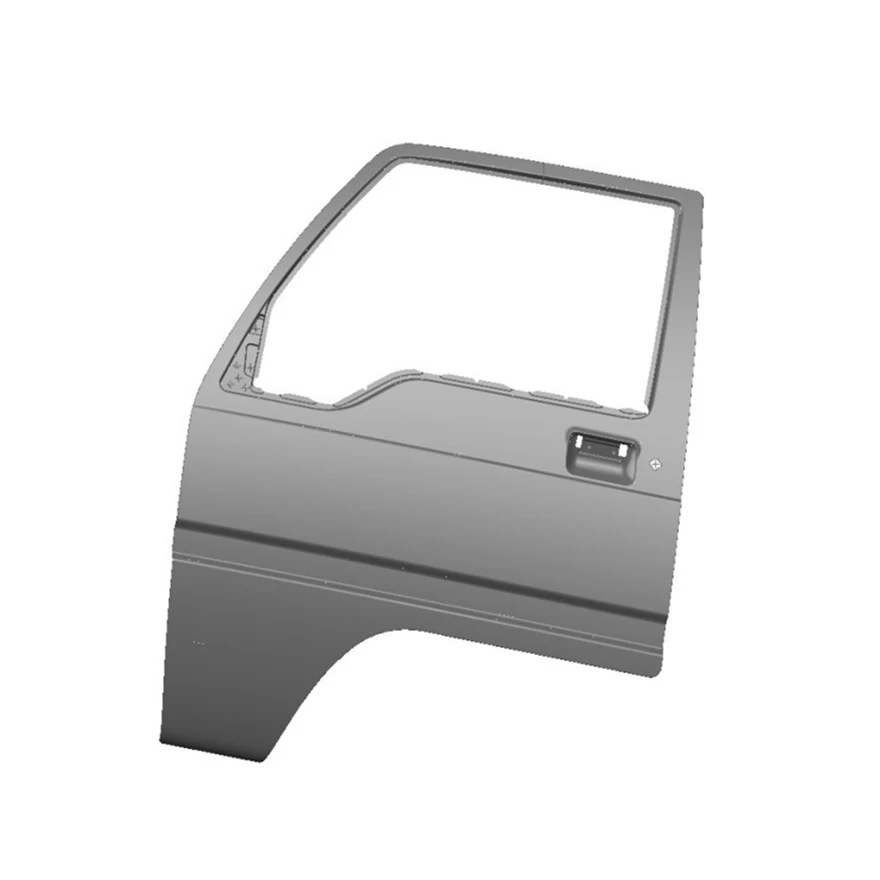What Should You Pay Attention to When Spot Welding Thin Sheet Metal?
What is spot welding?
Spot welding is a type of resistance welding process used to join two or more metal surfaces together. It involves the application of heat and pressure to create a weld at a specific spot or point on the metal surfaces.
In spot welding, two copper alloy electrodes are used, with one electrode placed on each side of the metal surfaces to be joined. When an electric current is passed through the electrodes, resistance heating occurs at the spot where the metal surfaces touch. The heat generated melts the metal surfaces, and as the current continues to flow, pressure is applied to forge the molten metal together, forming a solid weld.
Spot welding is commonly used in the automotive industry for joining sheet metal components, such as body panels and frames. It is also used in various other industries, including aerospace, electronics, and manufacturing, where a strong and efficient weld is required. Spot welding is known for its speed, reliability, and ability to create high-quality welds with minimal distortion.
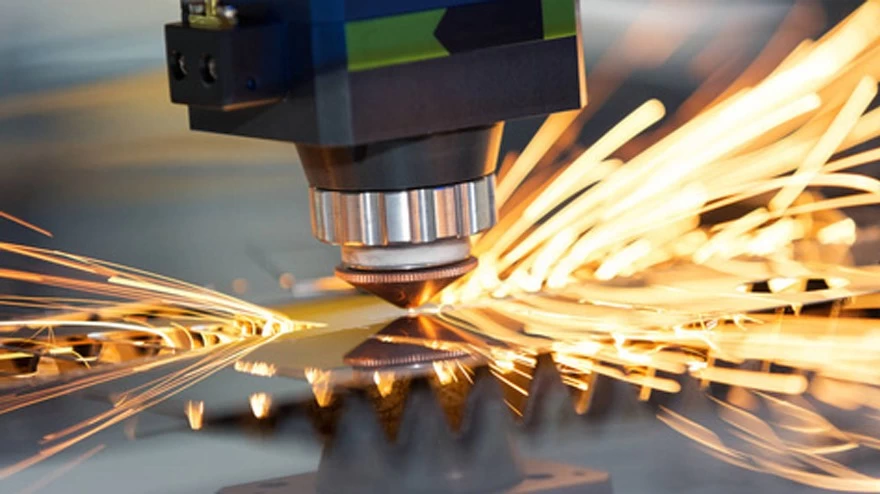
When spot welding thin sheet metal, there are several factors to consider and pay attention to:
1. Welding current: Ensure that the welding current is set appropriately for the thickness of the sheet metal. Too high a current can cause burn-through or excessive heat distortion, while too low a current may result in weak or incomplete welds.
2. Electrode selection: Use electrodes specifically designed for spot welding thin sheet metal. Electrodes with a smaller contact area can help minimize heat transfer and reduce the risk of burn-through.
3. Welding time: Adjust the welding time to ensure sufficient heat is generated to form a strong weld but avoid excessive welding time that can cause excessive heat buildup and damage the sheet metal.
4. Electrode pressure: Apply the appropriate electrode pressure to ensure good contact between the electrodes and the sheet metal. Insufficient pressure can result in weak welds, while excessive pressure can deform or damage the sheet metal.
5. Proper electrode alignment: Ensure that the electrodes are properly aligned and positioned to achieve consistent and accurate welds. Misalignment can result in uneven welds or damage to the sheet metal.
6. Welding sequence: When spot welding multiple spots on the same sheet metal, consider the welding sequence to minimize heat buildup and distortion. Alternating between different areas can help dissipate heat and prevent warping.
7. Material cleanliness: Ensure that the surfaces to be welded are clean and free from any contaminants, such as oil, grease, or rust. Contaminants can negatively affect the quality of the weld and lead to weak joints.
8. Welding machine settings: Familiarize yourself with the specific settings and controls of the spot welding machine being used. Understand how to adjust parameters such as welding current, time, and pressure to achieve optimal results for thin sheet metal.
9. Welding environment: Ensure that the welding area is well-ventilated to prevent the accumulation of fumes and gases generated during the welding process. Proper ventilation helps maintain a safe and healthy working environment.
10. Practice and testing: Before performing spot welds on critical or expensive sheet metal, practice on scrap pieces to fine-tune the welding parameters and techniques. Additionally, perform regular quality checks and destructive testing to ensure the welds meet the required strength and integrity standards.

